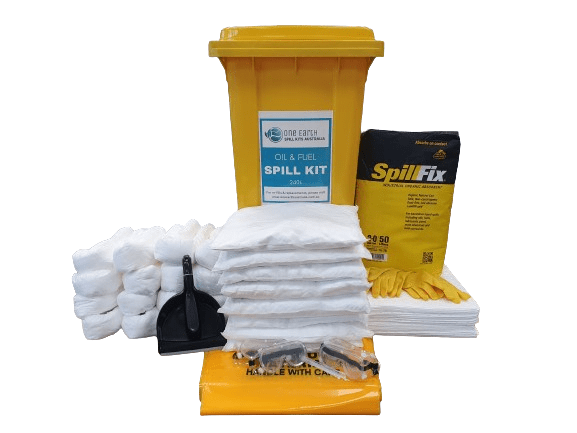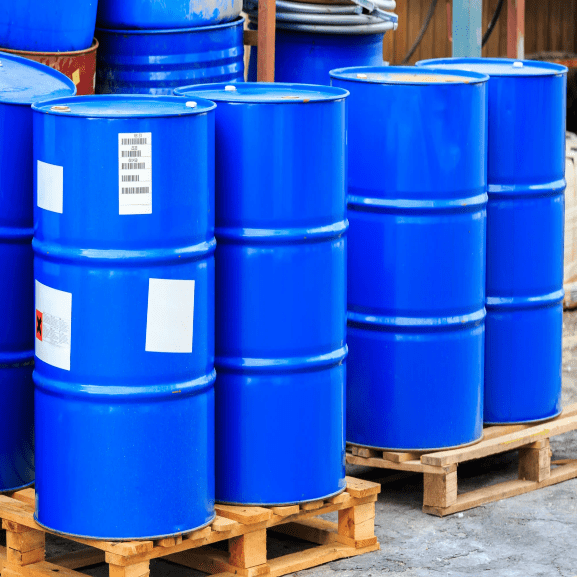Marine spills, whether caused by oil leaks, fuel spills, or other hazardous substances, can have devastating effects on aquatic ecosystems, wildlife, and coastal communities. To address these incidents effectively, marine spill kits are specifically designed to handle spills in water environments. These kits contain essential components tailored for marine settings, ensuring rapid response and effective containment. Among the most critical tools in a marine spill kit are marine booms, which play a pivotal role in containing spills and preventing them from spreading further.
In this article, we’ll explore the essential components of a marine spill kit, their functions, and why they are crucial for protecting marine environments.
1. Marine Booms: The Backbone of Containment
- Primary Function:
Marine booms are floating barriers designed to contain spills on water surfaces, preventing them from spreading to sensitive areas like shorelines, wetlands, or coral reefs. - Types of Marine Booms:
- Containment Booms: Used to surround and isolate spills, keeping them in a confined area for easier cleanup.
- Absorbent Booms: Designed to soak up oil and fuel while acting as a barrier, combining containment and absorption functions.
- Diversion Booms: Redirect spills away from critical areas, such as water intakes or habitats, minimising environmental damage.
- Materials and Durability:
Marine booms are made from durable, weather-resistant materials that withstand harsh marine conditions, including waves, currents, and UV exposure.
2. Absorbent Pads and Socks
- Role in Cleanup:
Absorbent pads and socks are used to soak up spilled substances once they’ve been contained by marine booms. - Specific Applications:
- Pads: Ideal for absorbing surface spills and residual liquids after initial containment.
- Socks: Placed around machinery or equipment to prevent spills from reaching waterways during maintenance or refueling operations.
- Material Properties:
These absorbents are hydrophobic (repel water) and oleophilic (attract oil), ensuring they only soak up hydrocarbons like oil and fuel without wasting capacity on water.
3. Disposal Bags and Ties
- Safe Disposal:
Once absorbents and booms have soaked up the spilled substance, disposal bags and ties are used to collect and seal contaminated materials for safe disposal. - Environmental Considerations:
Using biodegradable or recyclable disposal bags reduces the environmental footprint of spill cleanup efforts. - Regulatory Compliance:
Proper disposal ensures compliance with environmental regulations, avoiding fines and legal liabilities.
4. Protective Gear
- Safety First:
Handling spills in marine environments often involves exposure to hazardous substances, making protective gear an essential component of any marine spill kit. - Included Items:
- Gloves to protect hands from chemicals and oils.
- Goggles to shield eyes from splashes and fumes.
- Masks to prevent inhalation of toxic vapors.
- Importance in Harsh Conditions:
Marine environments can be challenging, with rough waters, strong winds, and unpredictable weather. Protective gear ensures responders can work safely under these conditions.
5. Deployment Tools
- Efficient Setup:
Deployment tools, such as anchors, ropes, and connectors, are used to position and secure marine booms in place. - Adaptability:
These tools allow booms to be adjusted based on water currents, tides, and the size of the spill, ensuring maximum effectiveness. - Ease of Use:
Compact and lightweight tools make it easier for responders to deploy booms quickly, even in remote or hard-to-reach areas.
6. Instruction Manuals and Training Materials
- Guidance for Responders:
Marine spill kits often include instruction manuals that outline step-by-step procedures for deploying booms, using absorbents, and cleaning up spills. - Training Importance:
Regular training ensures that responders are familiar with the kit’s components and know how to use them effectively during emergencies. - Customisation for Specific Needs:
Some kits include industry-specific training materials tailored for marine operations, such as shipping, fishing, or offshore drilling.

7. Portable Storage Containers
- Durability and Accessibility:
Marine spill kits are typically stored in waterproof, corrosion-resistant containers to protect components from saltwater exposure and harsh weather conditions. - Mobility:
Portable containers ensure that spill kits can be easily transported to spill sites, whether on boats, docks, or shorelines. - Organisation:
Well-organised storage ensures all components are easily accessible during emergencies, saving valuable time during response efforts.
8. Specialised Equipment for Marine Environments
- Pumps and Skimmers:
For larger spills, some marine spill kits include pumps and skimmers to remove liquid from the water surface efficiently. - Anchors and Mooring Lines:
These tools help stabilise booms in open water, ensuring they remain effective even in choppy conditions. - Lightweight Design:
All components are designed to be lightweight and portable, making them suitable for use in challenging marine environments.
9. Environmental Benefits of Marine Spill Kits
- Minimising Ecological Damage:
By containing spills quickly, marine spill kits prevent pollutants from spreading into sensitive ecosystems, protecting marine life and habitats. - Reducing Cleanup Costs:
Rapid response reduces the scale of cleanup efforts, saving time and resources. - Promoting Sustainability:
Eco-friendly absorbents and biodegradable materials align with global sustainability goals, reducing the environmental impact of spill management.
10. Applications Across Marine Industries
- Shipping and Transportation:
Marine spill kits are essential for cargo ships, tankers, and barges to manage fuel spills during refueling or accidents. - Offshore Operations:
Oil rigs and drilling platforms rely on marine spill kits to address spills caused by equipment failures or leaks. - Recreational Boating:
Smaller kits are ideal for recreational boats, helping owners manage minor fuel spills responsibly. - Coastal Communities:
Marine spill kits are invaluable for ports, marinas, and coastal municipalities to protect shorelines and waterways.
Conclusion
A marine spill kit is a comprehensive solution designed to address spills in aquatic environments effectively. Its essential components, including marine booms, absorbents, protective gear, and deployment tools, work together to contain, clean up, and dispose of spills responsibly. By investing in high-quality marine spill kits and training responders to use them effectively, businesses and communities in Brisbane and Melbourne can protect marine ecosystems, safeguard human health, and comply with environmental regulations. Whether you’re managing a small fuel spill on a recreational boat or addressing a larger spill in an industrial setting, having the right tools on hand ensures you’re prepared to face any marine spill-related challenge with confidence and care.





